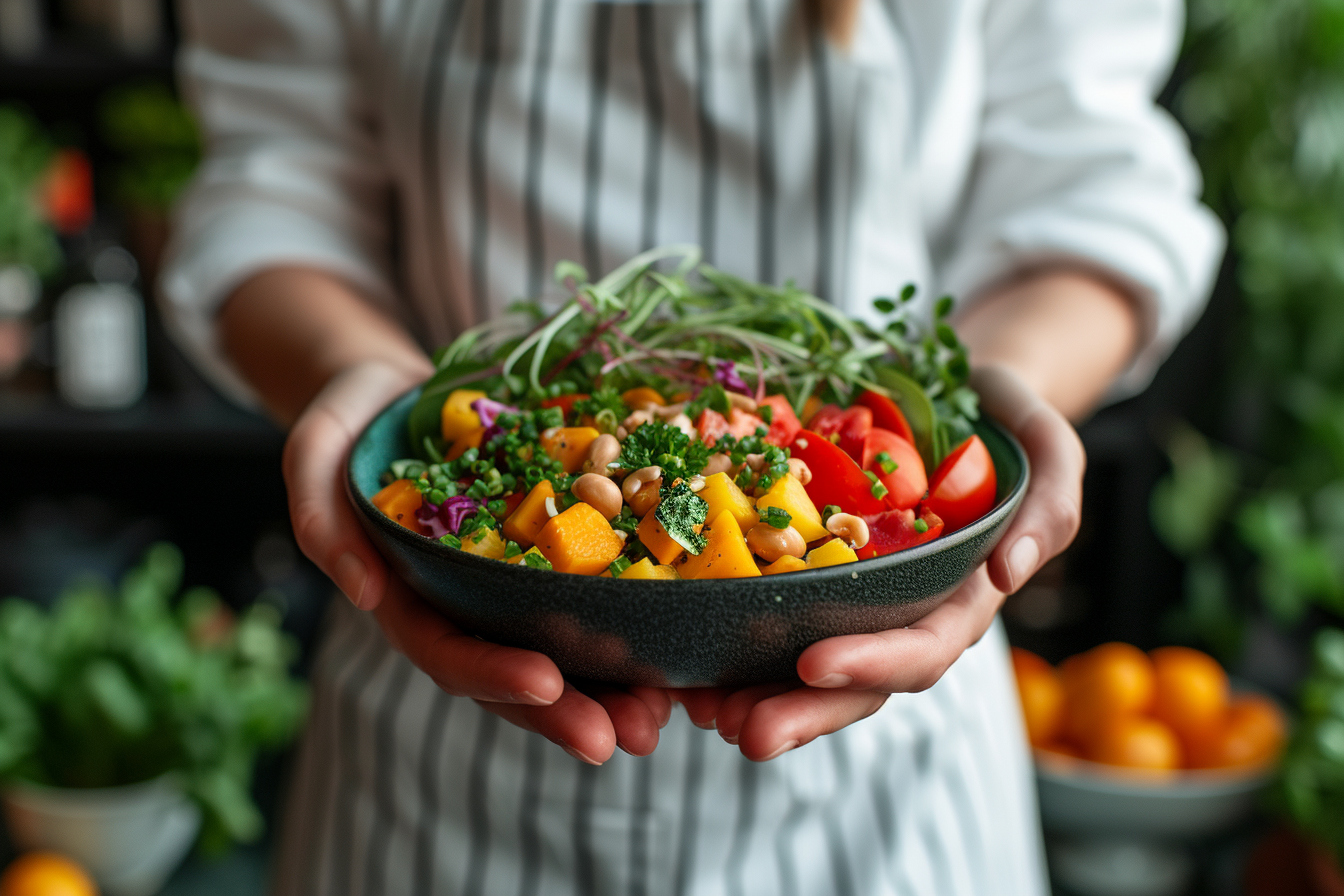Eating vegan doesn’t mean you have to rely on soy as your primary protein source or ingredient. Whether due to allergies, hormonal considerations, or simply personal preference, many vegans choose to exclude soy from their diet. Soy-free vegan cooking can be just as diverse and delicious, and it opens up a world of culinary creativity. Let’s explore the plethora of soy-free options that can make your vegan meals both satisfying and exciting.
Understanding soy-free veganism
Veganism inherently involves abstaining from all animal products, and with the exclusion of soy, one might wonder about the range of available food options. Fear not—nature offers an abundance of foods that are both vegan and soy-free.
Why some vegans avoid soy
- Allergies: Soy is among the most common allergens. Avoiding it is a necessity for those with a soy allergy.
- Hormonal sensitivity: Some people have concerns about the phytoestrogens in soy.
- Taste preference: Simply not liking the taste of soy is a valid reason on its own.
Protein sources beyond soy
Protein is a macronutrient essential to the human body. Fortunately, vegans can obtain ample protein from a variety of soy-free sources:
Legumes and beans
Legumes such as lentils, chickpeas, and a wide array of beans are protein powerhouses. They can be started in cold soups, stews, and salads or mashed into delectable bean patties or falafel for a hearty texture.
Quinoa and other grains
Quinoa not only serves as a complete protein but also a versatile base for a plethora of dishes. Millet, brown rice, and farro also offer protein and work well in a myriad of recipes from breakfast porridge to stuffing.
Nuts and seeds
Nuts and seeds, like almonds, walnuts, pumpkin seeds, and hemp seeds, pack a punch of protein. They can be incorporated into breakfast bowls, homemade granolas, and spreads like almond butter or tahini.
Plant milks without soy
Dairy alternatives are a big part of vegan cuisine, but soy milk is not the only, or even the best, choice.
Almond, oat, and coconut milk
These non-dairy milks have become immensely popular and are available at most supermarkets. Almond milk and coconut milk work nicely in sweet dishes, while oat milk is a star in savory recipes due to its neutral flavor and creamy consistency.
Rice and hemp milk
For those with a nut allergy, rice milk is a sweet, light alternative. Hemp milk also offers a nut-free, soy-free option with a rich and earthy taste, ideal for baking and smoothies.
Nutritional considerations

With soy often touted for its nutritional completeness, some vegans might worry about deficiencies when avoiding it.
Vitamins and minerals
Ensure a balanced intake of essential nutrients by consuming a variety of fruits, vegetables, nuts, seeds, beans, and grains. Many leafy greens, for instance, are high in calcium, while seeds and nuts are excellent sources of magnesium and zinc.
Balancing your omegas
Soy-free vegans should be mindful of their omega-3 fatty acid intake since they’re missing out on edamame and tofu, which contain these nutrients. Flaxseeds, chia seeds, and walnuts are excellent soy-free sources of ALA, an essential omega-3 fatty acid.
Cooking techniques and flavor enhancers
Mastering a few cooking techniques and discovering new flavor enhancers are key components to keeping soy-free vegan cooking exciting.
Cooking techniques
Experiment with grilling, roasting, or sautéing to bring out the depth of flavor in vegetables and other plant foods. Techniques like smoking or slow-cooking can also impart rich, complex flavors to dishes.
Nutritional yeast
A staple in vegan pantries, nutritional yeast provides cheesy umami flavor. It’s a natural fit for sauces, gravies, and as a topping for all sorts of dishes.
Sea vegetables
Seaweed, nori, and dulse offer a savory depth without the use of soy. They are excellent in soups, salads, and wrapped around rice for sushi alternatives.
Spices and herbs
Fresh herbs and a well-stocked spice drawer are indispensable. Spices like cumin, paprika, turmeric, and cinnamon add nuanced flavors to dishes, while fresh herbs like basil, cilantro, and parsley can brighten any meal.
Finding substitutes for soy ingredients
Navigating around soy-based staples like tofu and soy sauce calls for creativity, but it’s easier than one might think.
For tofu:
Nut-based cheese, bean curds made from chickpea flour, and even vegetable substitutes (like thinly sliced eggplant) can be used to replace tofu in recipes.
For soy sauce:
Liquid aminos made from coconut or Bragg’s liquid aminos are popular soy-free alternatives that bring a similar salty umami kick to stir-fries and marinades.
For tempeh or seitan:
Creative use of mushrooms, jackfruit, or lentils can provide the texture and protein typically provided by these soy-based options.
Expanding your palette
One of the joys of soy-free vegan cooking is the push towards expanding your culinary horizons.
Global cuisines
Middle Eastern, Mediterranean, and Indian cuisines, for example, offer a wealth of soy-free, plant-based recipes by tradition. Dishes such as baba ghanoush, chana masala, or dolmas are not only soy-free but inherently vegan as well.
Seasonal eating
Focus on what’s in season to ensure the freshest and most flavorful ingredients. Seasonal produce can inspire a whole new menu of meals and helps maintain a varied diet.
Building a soy-free pantry
Curate a pantry filled with non-soy proteins, grains, legumes, and spices. Stock up on nutritional yeast, tahini, rice wine vinegar, and other staples to make meal prep easy and enjoyable.
Crafting delicious and nutritious soy-free vegan meals is entirely feasible and can be a gastronomic delight. From protein-rich legumes to the exciting world of plant milks and from flavor-enhancing spices to clever ingredient substitutions, the possibilities are vast. The key lies in being adventurous, staying curious, and relishing the process of cooking as much as the eating. By embracing a diverse array of whole foods and learning how to make the most of them, soy-free vegan cooking can become not just a dietary need, but a vibrant culinary adventure.


Leave a Reply